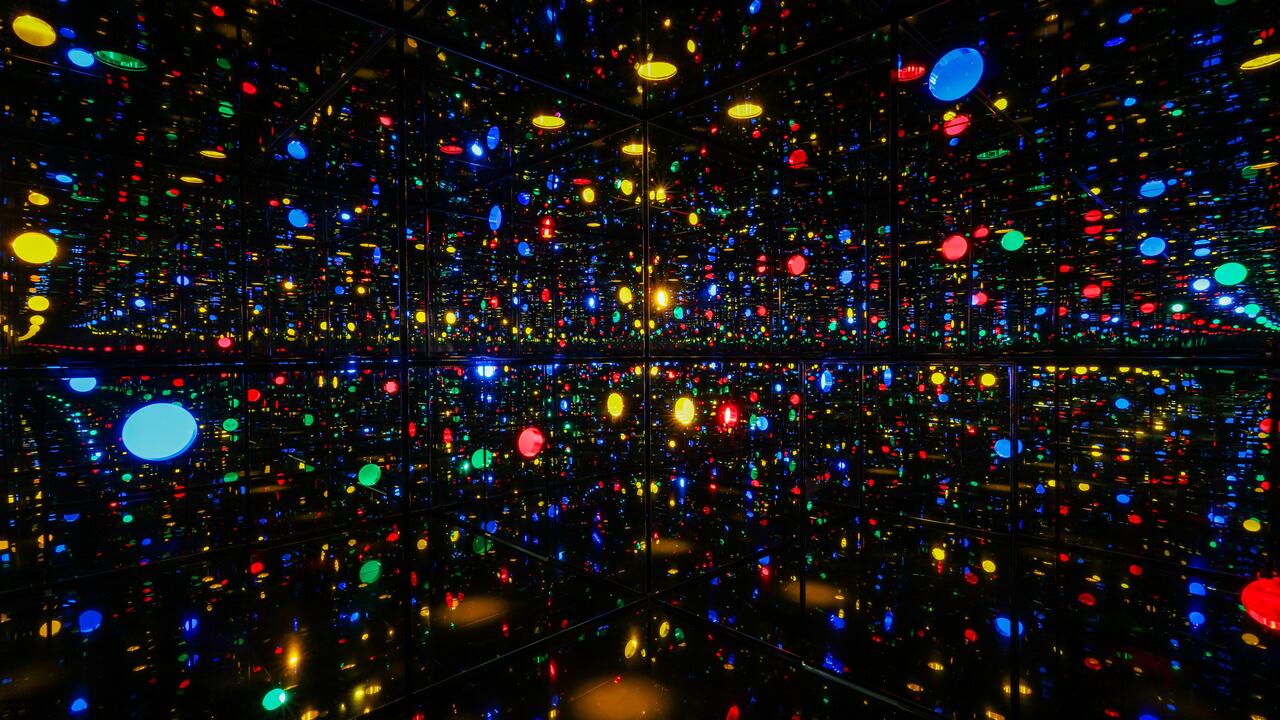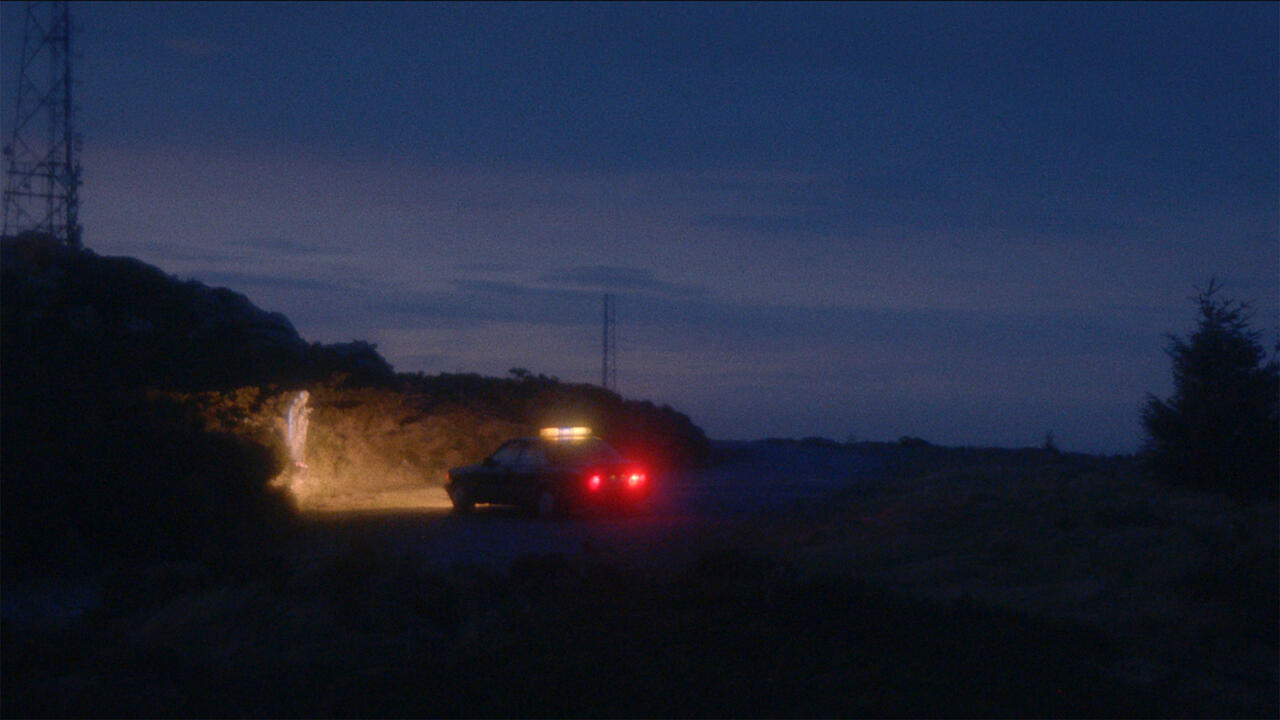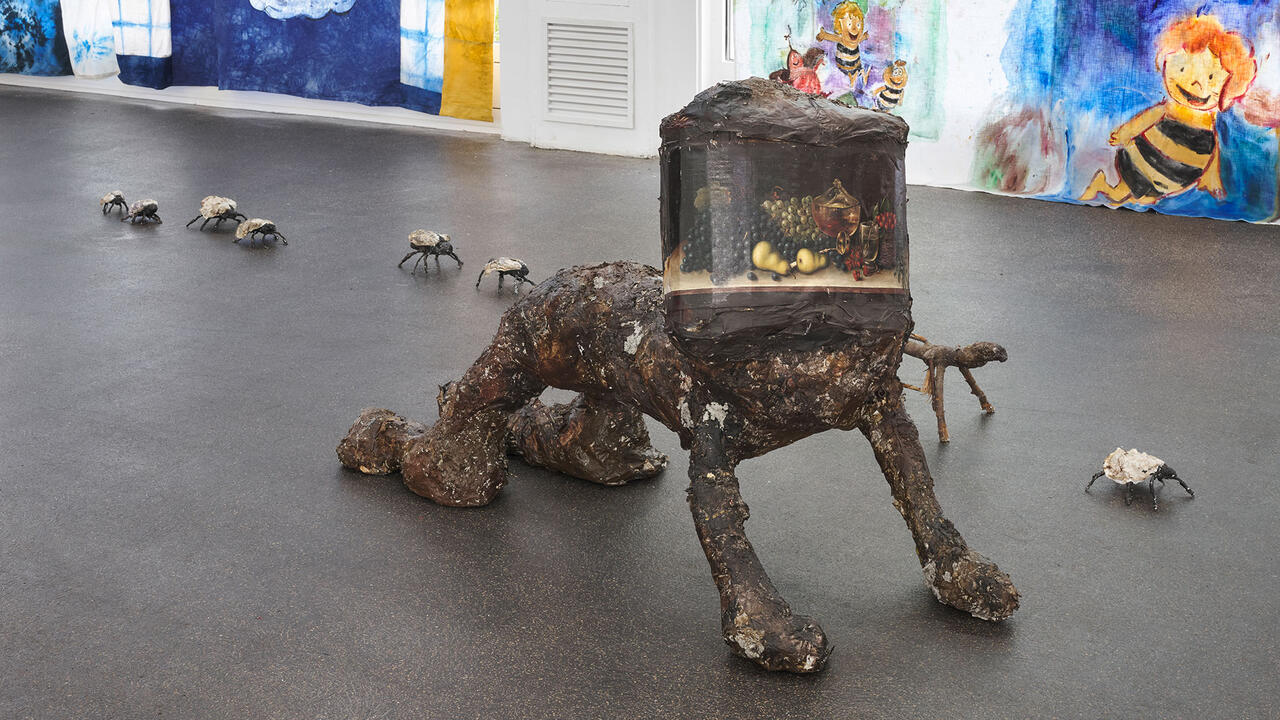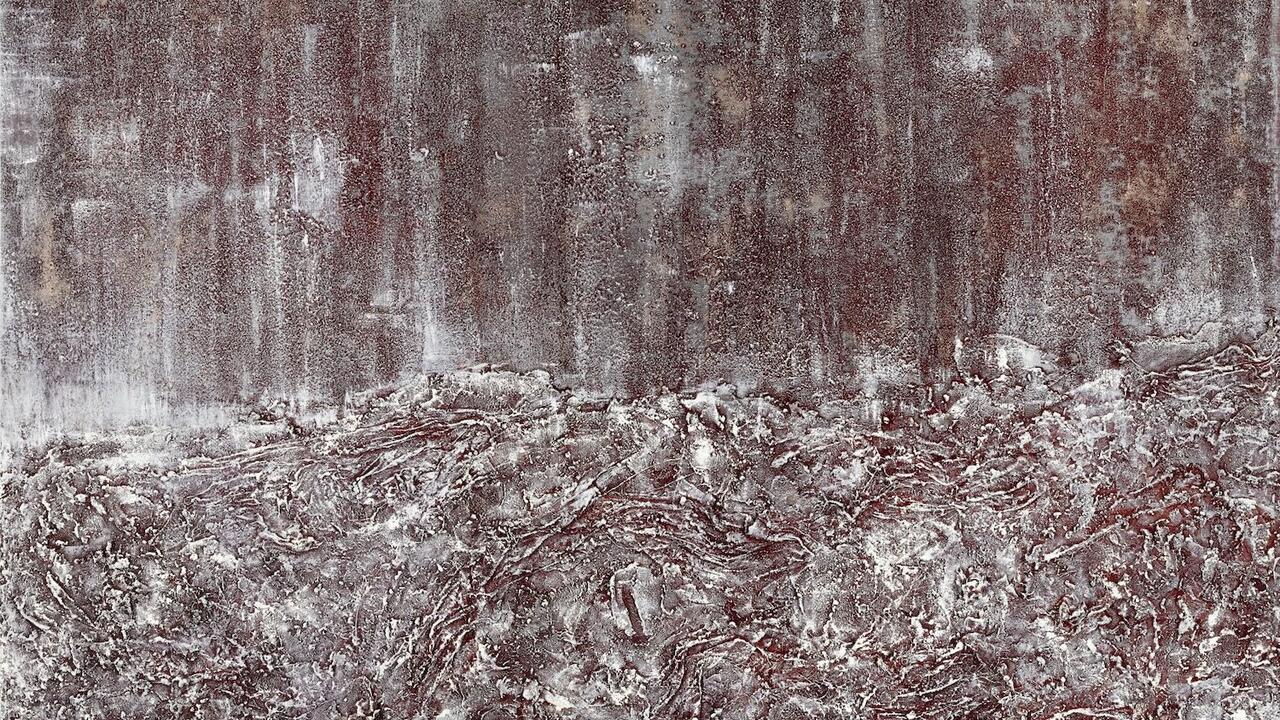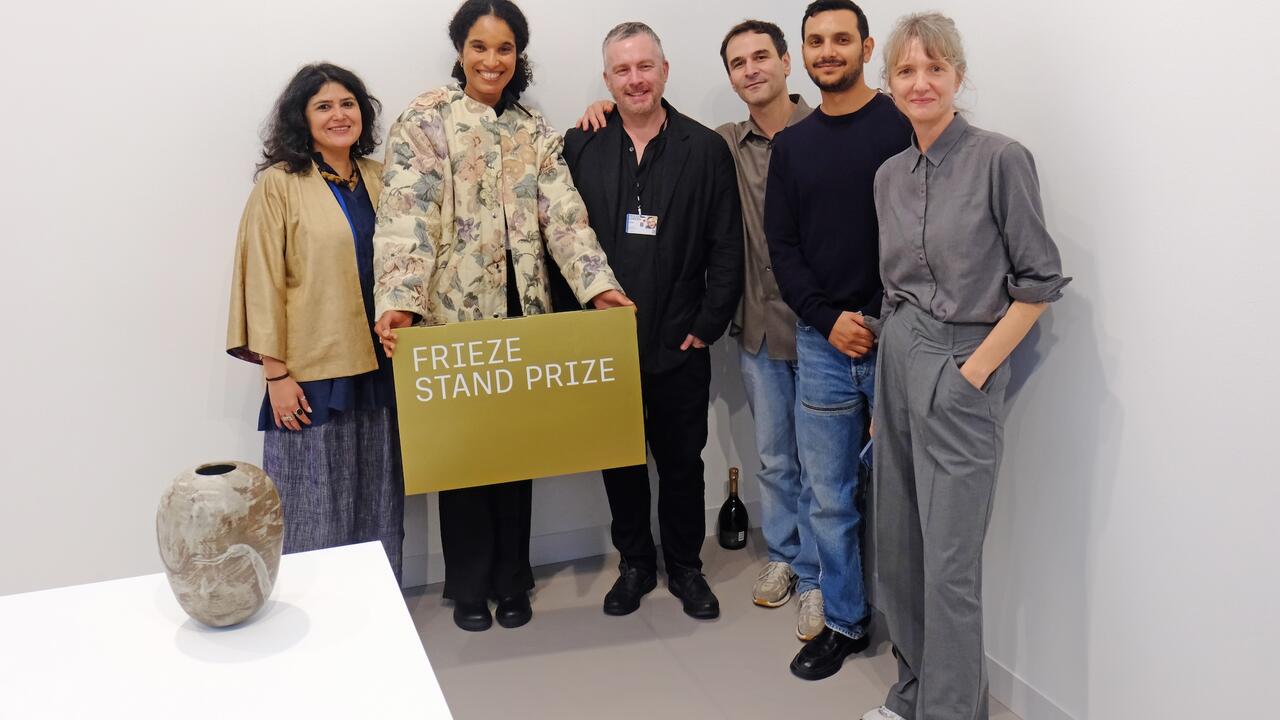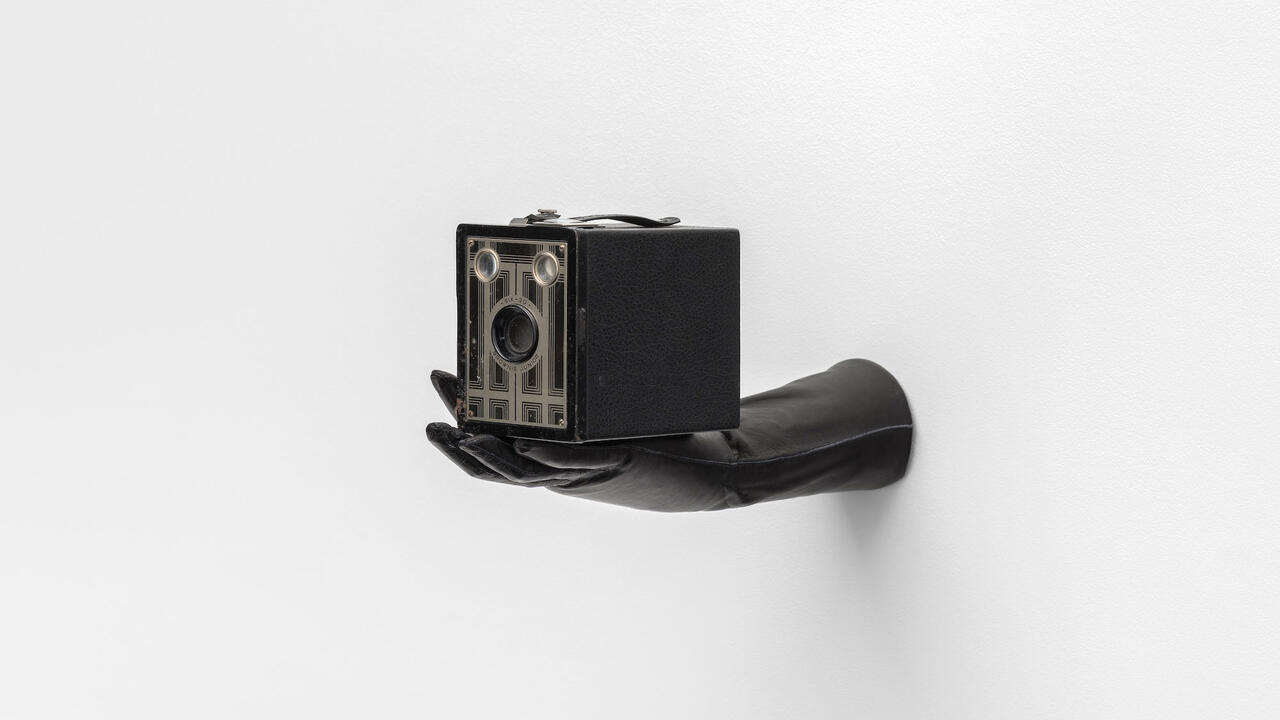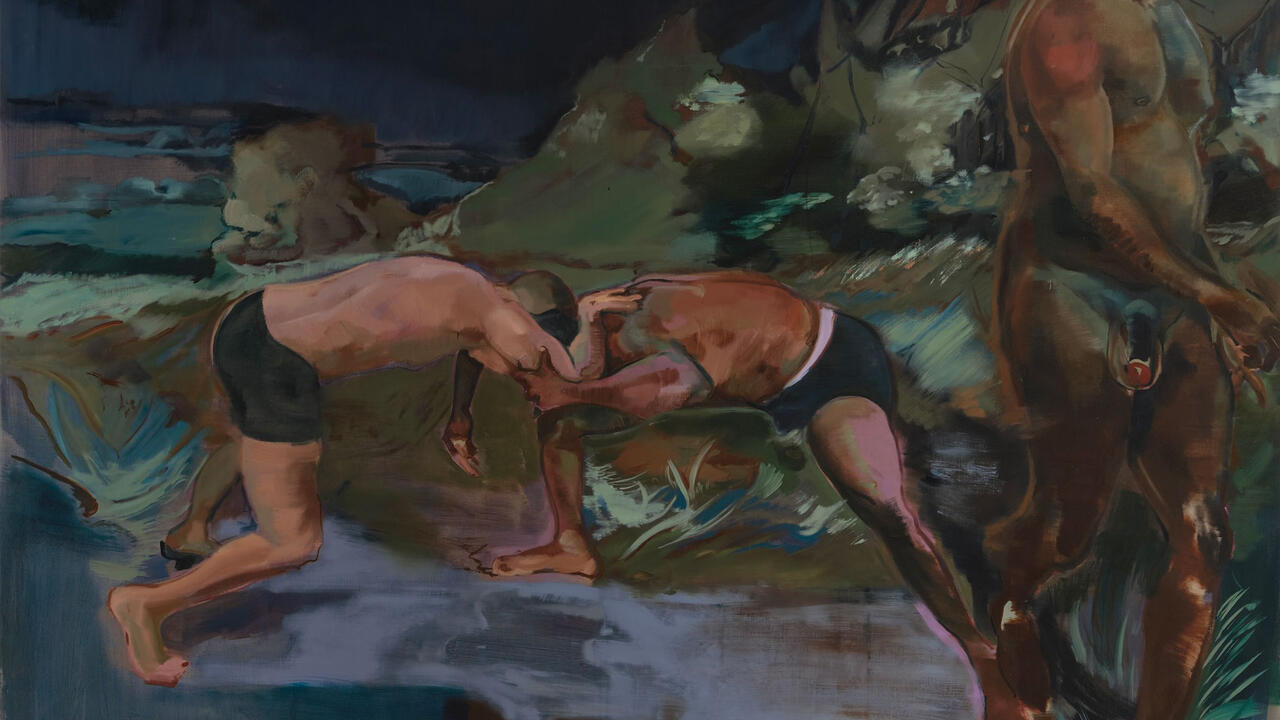Frieze Writer’s Prize 2019: Announcing the Winner
Kojo Abudu wins the 2019 prize for his review of Lee Ufan’s exhibition at kamel mennour, Paris
Kojo Abudu wins the 2019 prize for his review of Lee Ufan’s exhibition at kamel mennour, Paris

frieze is delighted to announce Kojo Abudu as the winner of the 2019 Writer’s Prize for his review of Lee Ufan’s exhibition ‘From Point, From Line: 1976-1982’, at kamel mennour, Paris. This year’s prize was judged by writer, curator and frieze contributing editor Osei Bonsu, novelist and critic María Gaínza, and frieze associate editor Evan Moffitt.
The judges said the winning entry was ‘sensitive yet informed, and makes a strong case for a more personal, intimate form of art criticism.’
Frieze Writer’s Prize is an annual international award to discover and promote new art critics. The winner is commissioned to write a review that will be published in frieze and is awarded GBP£2,000.
Osei Bonsu is a curator and writer based in London, UK, and Paris, France. He is a contributing editor of frieze.
María Gaínza is a writer based in Buenos Aires, Argentina. The English-language edition of her novel El nervio óptico (The Optic Nerve) was published by Catapult in April 2019.
Evan Moffitt is a writer, critic and the associate editor of frieze, based in New York, USA.
****
Lee Ufan: From Point, From Line: 1976-1982
kamel mennour, Paris
3 June - 20 July, 2019
My breathing slows, becoming deeper and more measured, as I confront eight of Lee Ufan’s poetic creations installed at Galerie kamel mennour, Paris. Within this body of work produced in the 1970s and 1980s, Ufan’s painted marks, materially dense at one moment, repeatedly and gracefully dissolve into the boundless void of the bare canvas. Meditative, cerebral and even cosmic, these restrained paintings reflect Ufan’s simple yet highly deliberate process.
Hovering above the canvas, Ufan makes his elegant marks by dipping a wide round-tip brush into a mixture of oil, glue and mineral pigment – often blue and occasionally red. In the From Point paintings, he applies his pigment-filled brush to the canvas in a dab motion, repeating the motion until the pigment runs out, after which he wets his brush and starts all over again. These gestures give rise to successive dot markings that form mesmerizing spirals and innumerable horizontal rows, which, in turn, fade in and out of view. The From Line paintings follow in a similar procedural vein; Ufan slowly drags his brush from the top to the bottom of the canvas while steadily releasing one controlled breath. The repetition of these actions produces long, tensely painted strokes that stretch the length of the canvas, morphing, in continuous fashion, from presence to absence.
The intensely physical process described above derives in no small part from the artist’s transcultural sensibility. Born in Korea in 1936, and currently living and working between Paris and Tokyo, Ufan’s paintings simultaneously draw on and transcend the aesthetic and philosophical perspectives of East and West. In his early years Ufan received instruction in calligraphy, a traditional practice involving both repetitive gestures and utter concentration. When Ufan moved to Japan in 1956 to study philosophy, he came across the ideas of Foucault, Heidegger and Merleau-Ponty. These European thinkers influenced the artist’s noteworthy theoretical contributions to Mono-ha (literally ‘The School of Things’), one of the first internationally recognized avant-garde movements to emerge in Japan. The thoroughly anti-modernist and sensitive phenomenological attitude adopted bythe 1960s art movement would go on to inform the paintings Ufan produced a decade later.
Moving along the gallery walls, from painting to painting, I noticed my breathing aligning with the quiet rhythm of Ufan’s painted marks. His paintings behaved differently from any others I had experienced. They went beyond representation and language, acting more like portals than images. Each dot was a spatio-temporal slice; a momental affirmation of Ufan’s consciousness; a trace of his bodily presence. Likewise, each sequence of dots and each drawn-out stroke was a spatio-temporal continuum; a durational record of Ufan’s existence; a processual revelation of his being-in-the-world. During the period in which my calming ‘encounter’ with the works lasted, it did not matter that I was a young black African and the artist was not; these paintings opened up a void of infinite space and time, through which my body and my consciousness entered into a dialogue with Ufan’s. Perhaps in politically divisive times like ours, Ufan’s work is the kind of art that is desperately needed, for it is an art that delicately strives for the universal.
Kojo Abudu is a London and Lagos-based writer.





